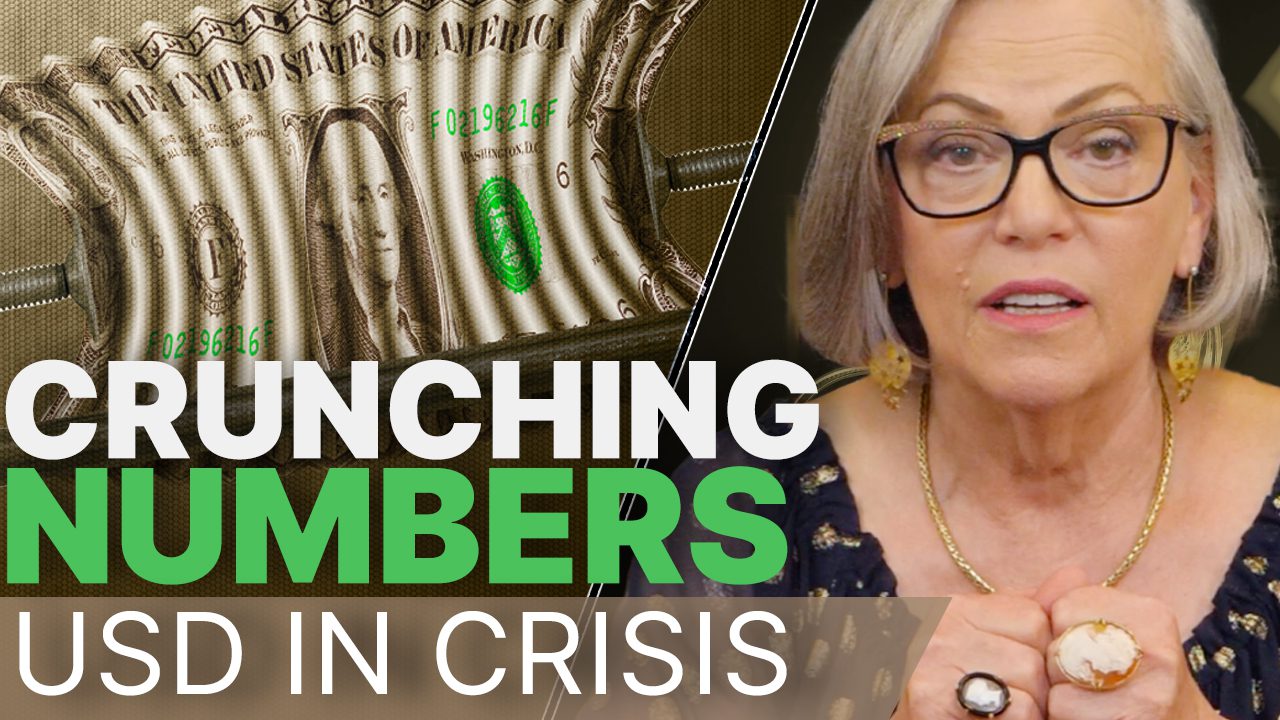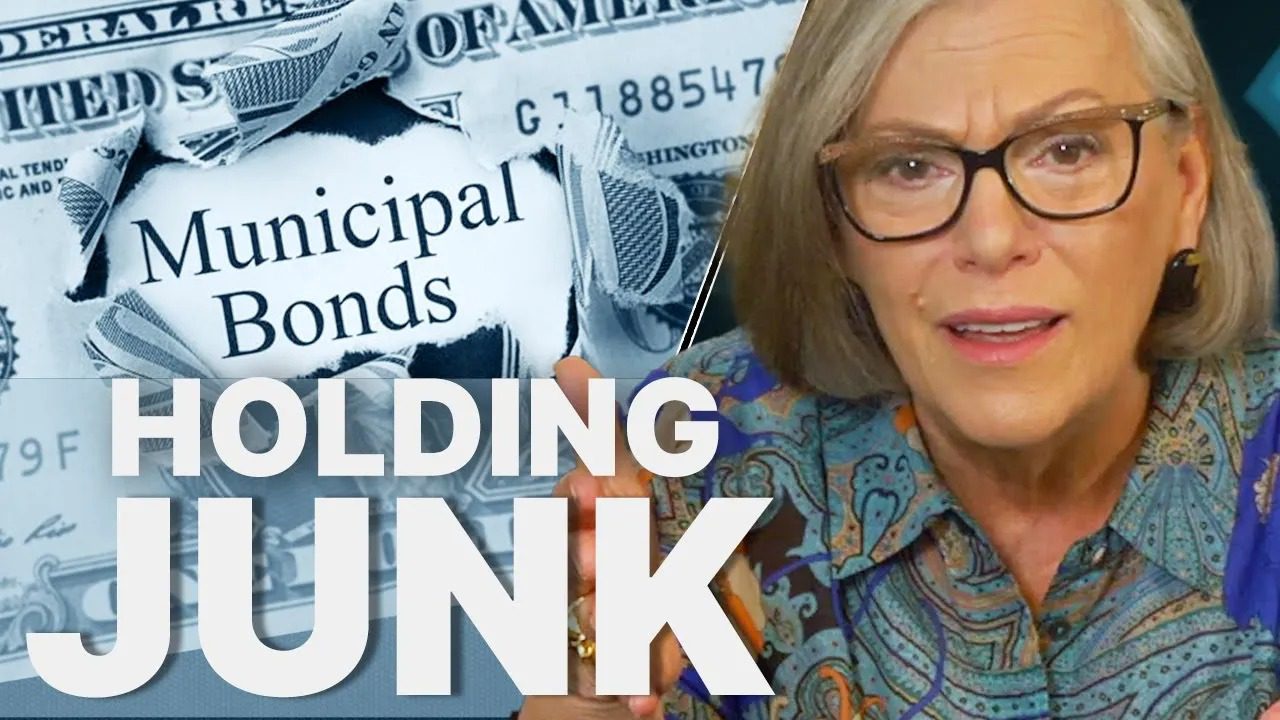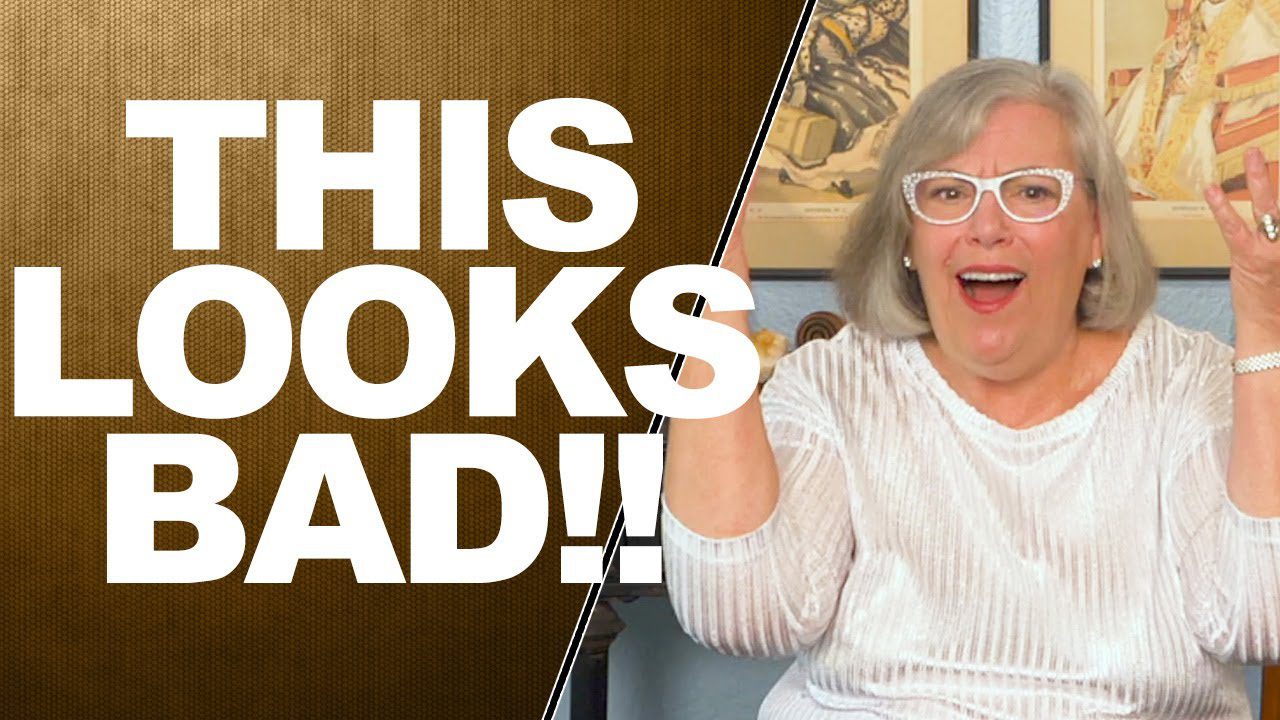New Jobs – Eh, Not So Much

Looking at a chart of the unemployment rate overlaid with the employment rate it is easy to think they are a mirror images of each other. When the jobs rate goes up the jobless rate goes down and visa versa. That impression runs pretty true until you get to 2010. At that point the unemployment rate goes down but the employment rate remains steady over the next three years. How can this be?
To get a clearer picture of the jobs status of our country, rather than look at the jobless or unemployment rate, which we usually get from economists and politicians, it might give us a more accurate picture to examine the jobs or employment rate.
The unemployment rate, or “U3†as the Bureau of Labor Statistics calls it, tells us the ratio of people currently looking for work compared with the current labor force. Unfortunately this figure does not give us a complete view of the employment situation of our country. It disregards any who got discouraged and simply stopped looking for work, and likewise ignores any that are under employed with part-time work.
For a fuller view it may be wise to take a more a inclusive approach. The the employment rate, or “U6†is one that compares the working population with the population number of total potential workers. You see, going back to our chart at the beginning, even though the number of jobs over the last three years has grown, so has the size of the working-age population. It is kind of like tripping up stairs.
The employment-population ratio is a favored way to gauge the strength of the American jobs. According to Paul Ashworth, chief North American economist for Capital Economics, “The employment population ratio is the best measure of labor market conditions.â€
It is not clear why important information is lost as figures are reported these days. It is likewise not hard to guess at the motivation as to why we get only half of the story.
Given the importance of jobs in the recovery equation many are using precious metals as a sort of insurance policy against the possibility of another recession or that we never fully recovered form the last recession. At ITM Trading, Inc. we welcome the opportunity to share the benefits of, and varieties of courses available to buy gold and silver coins.













